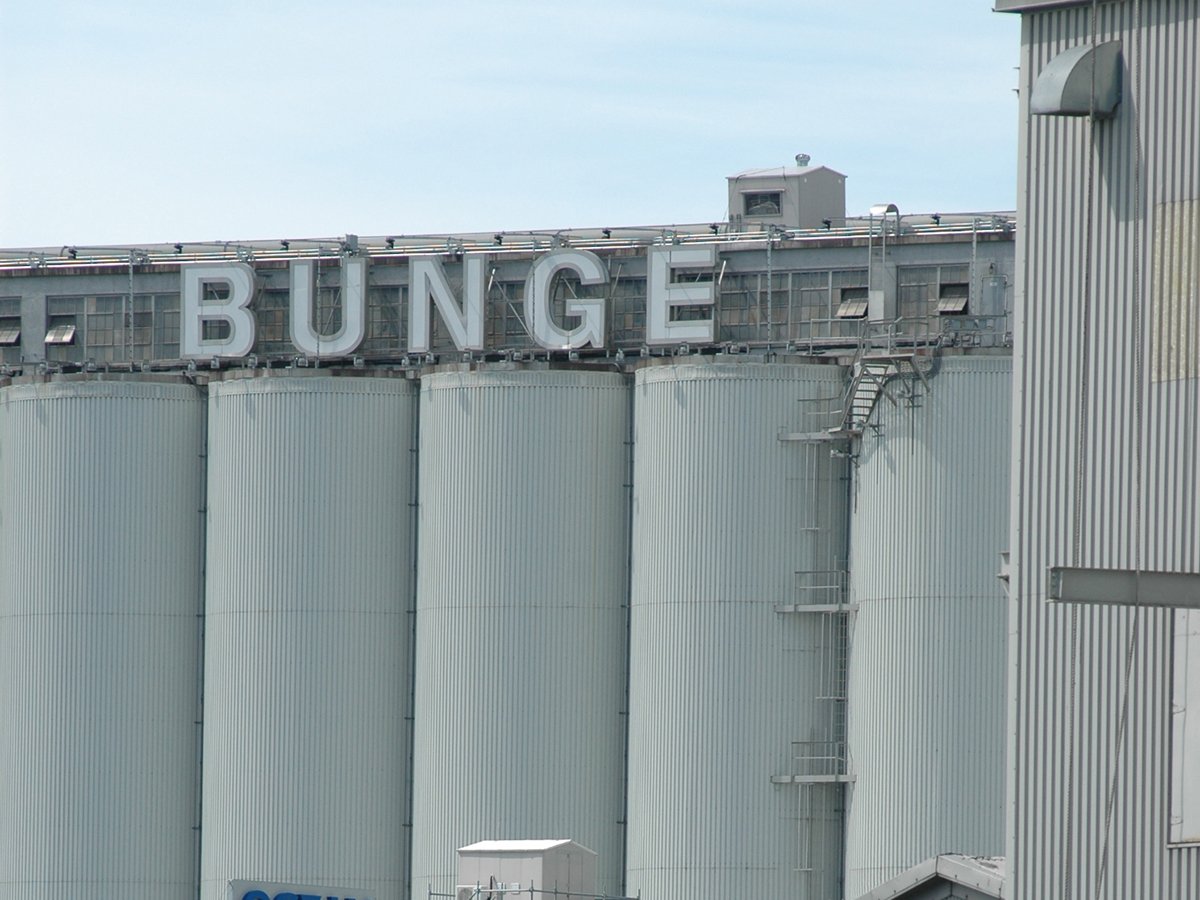Canadian farm income records were shattered in 2011. This wasn’t true on every farm, in every region or in every sector of agriculture, but you can’t quibble with the aggregate numbers. And those numbers reveal an absolutely astounding year for most Saskatchewan producers.
Producers unable to seed due to flooding aren’t participating in the strong returns, but producers who grew a decent crop have been mightily rewarded.
The latest farm income statistics show a realized net farm income of over $5.9 billion for the nation. Ontario and Quebec both had good years, with realized net income of just over $1.2 billion for each province. Saskatchewan’s realized net farm income was nearly $2.4 billion, equal to Ontario and Quebec combined.
Read Also

Bunge’s crop mix is changing
Bunge has predominantly been a soybean processing firm, but that’s about to change after the merger with Viterra with softseed processing and grain merchandising gaining ground.
Net farm income was only $432 million in flood-stricken Manitoba. In Alberta, where the livestock industry dominates, realized net income went from negative $100 million in 2010 to $496 million in 2011. While a huge improvement, it’s dwarfed by the returns in Saskatchewan.
Even the analysts are surprised. Late last year, the realized net income projection for Saskatchewan was less than $600 million. Grain prices stayed higher than expected. The quality of the crop was great and cattle prices saw a dramatic increase that carried through the fall calf run.
Realized net income includes depreciation costs, arguably making it a good benchmark to examine. According to the officials, their methodology doesn’t allow depreciation to be accurately allocated between the different kinds of farms. Thus, net operating income is the measurement used when breaking out the income per farm.
The average Canadian farm had a net operating income of just over $65,000 last year, but this varies dramatically from one type of farm to another. The average potato farm had a net operating income of more than $250,000. Poultry and egg producers averaged slightly less than $200,000. Both dairy and hogs averaged more than $140,000. The average grain farm improved to more than $88,000.
The big surprise is cattle farms. The cattle business is finally enjoying some record high prices, but the net operating income of the average cattle farm was a mere $8,000 in 2011.
While the cow-calf business is finally profitable, the industry has a lot of producers with herds of only 50 or 100 cows. The farm family makes most of its money from other farming enterprises and/or off-farm income.
So what will 2012 hold? The analysts are calling for another good year with only a small decline in farm income. Frankly, though, when you can’t predict the weather and you can’t predict major international events, forecasts often miss the mark by a country mile.
The medium term outlook has some interesting observations. By 2021, crude oil prices are expected to reach $130 per barrel. The analysts believe the influence of biofuels on world agricultural markets is likely to strengthen.
With the expectation of further growth in corn-based ethanol, a structural shift in the corn-wheat price ratio is anticipated. In other words, corn prices will outdistance wheat values. Soybeans will keep pace with corn due to strong growth in vegetable oil demand. Soybean demand will help keep canola strong.
The total assets on an average Canadian farm are now worth nearly $2 million, buoyed by rising farmland prices. Average liabilities are nearly $350,000 meaning the average net worth is $1.6 million. The industry, especially the grain sector, has seldom been healthier.
What a change from the doom and gloom of a decade ago.














